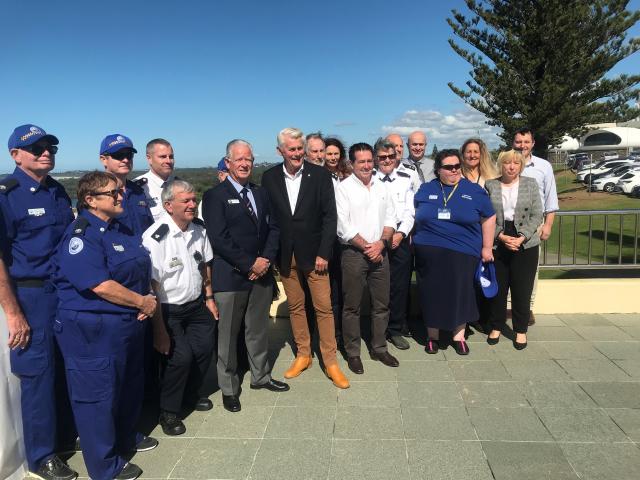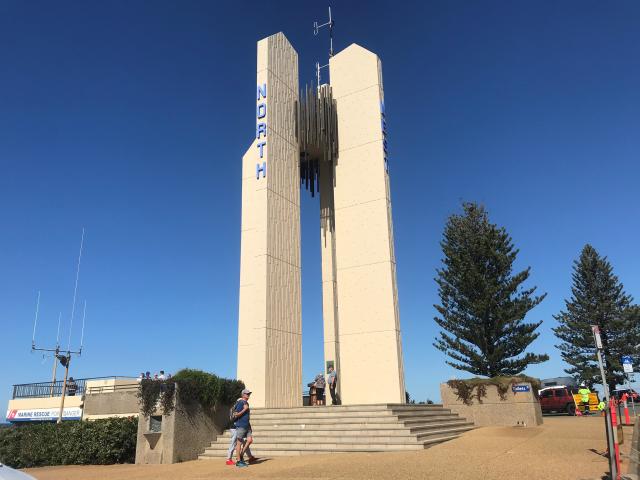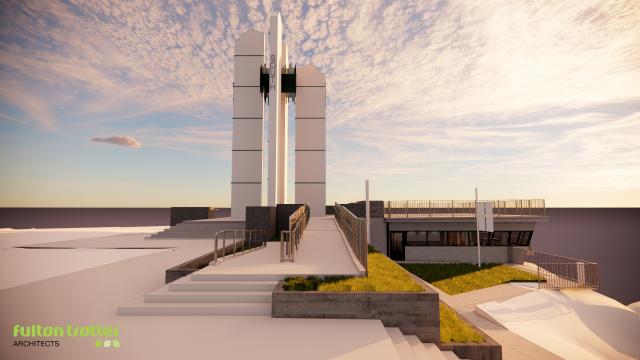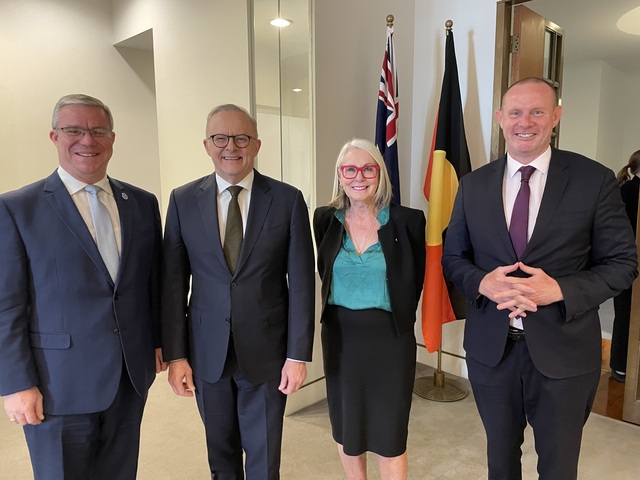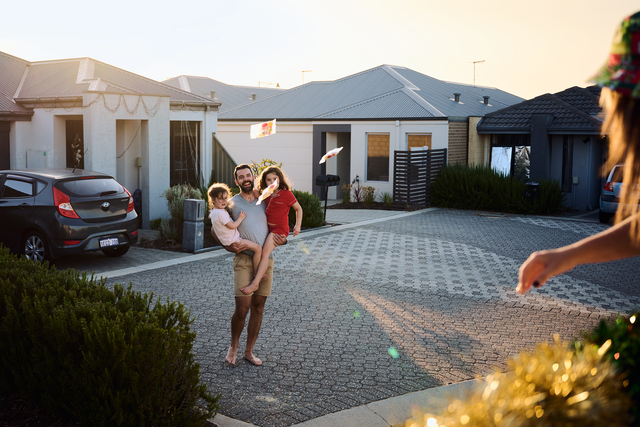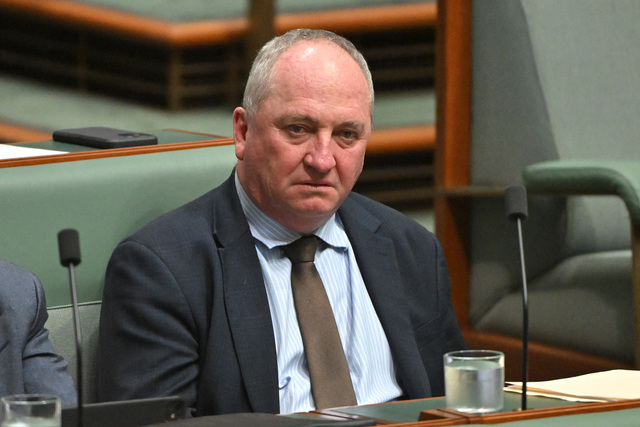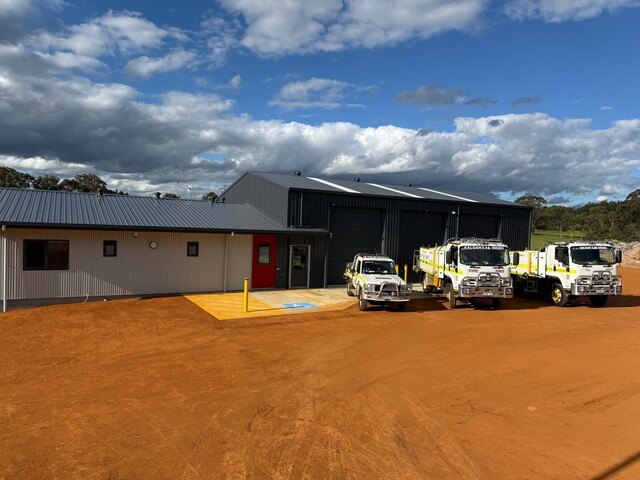Work is set to begin on the upgrade of Captain Cook Memorial and Lighthouse on the NSW-Queensland border, which will include the demolition and rebuild of the Marine Rescue NSW facility at Point Danger.
The $5.5 million project will go ahead following the announcement of $2,023,449 in additional funding from the NSW Government’s Cross Border Commissioner’s Infrastructure Fund.
This adds to funding already committed to the project by the NSW Government’s Restart NSW Regional Growth – Environment and Tourism Fund ($798,000*), the NSW Office of Environment and Heritage ($50,000) as well as joint funding from the City of Gold Coast ($1.7 million) and Tweed Shire Council ($902,000).
Deputy Premier and Minister for Regional NSW said the COVID Recovery Round of the Cross-Border Commissioner’s Infrastructure Fund was an important recognition of the once-in-a-century challenges faced by border communities over the past few years.
“I know cross-border communities like the Tweed made many additional sacrifices over the past two years and experienced a devastating reduction in spending in their local businesses when travel restrictions were put in place and borders were closed,” Mr Toole said.
“This is why the NSW Government is committed to working with local cross-border communities to boost their economic prosperity now and into the future.”
Following a rigorous tender process, construction company Lloyd Group has been appointed to undertake the upgrade. Work is expected to be completed by mid-2023.
Mayor of Tweed Shire Chris Cherry welcomed the additional funding, saying it was required to repair the failing structure and provide a fitting signature building for the popular lookout.
“Straddling the NSW-QLD border, Point Danger is not only a must-see destination for visitors to the Tweed and Gold Coasts with its spectacular views, but a critical viewpoint for the incredible volunteers at Marine Rescue NSW who monitor and guide the safety of mariners crossing the Tweed River bar,” Cr Cherry said.
“It is important we preserve this heritage site and make it more accessible for all to use. The existing border markers will remain and the rebuild will preserve the aesthetics of the original Captain Cook Memorial and Lighthouse structure originally built in 1971.”
City of Gold Coast Councillor Gail O’Neill said Point Danger was one of the region’s most iconic headlands and it was wonderful to see the shared vision from both sides of the border coming together to preserve this important site.
“It’s not only a site of historic significance but one of great relevance to our local community today and a must-see location for those visiting the area,” Cr O’Neill said.
“The new facilities include fully accessible public amenities and a café with the best view on the Gold Coast and will give the area the prominence it deserves.”
The upgrade will rejuvenate the area and provide much-needed public toilets with safe and wheelchair-friendly access around the building and up to the viewing podium. A new café will also be built, with tabled seating both inside and outside on the public viewing lower deck.
Fingal Head Indigenous artist Christine Slabb has been given a blank canvas to provide Indigenous storyboards for the café gallery and interpretive artwork in the surrounding landscape.
The story of the volunteer Marine Rescue service will also be told, along with some narrative around European settlement of the area.
The Captain Cook Memorial and Lighthouse structure was originally built in 1971, with an extension to house Marine Rescue NSW built in 1990. This facility currently has numerous structural defects and concrete cancer, with the cost to maintain it as fit for occupation no longer sustainable.

